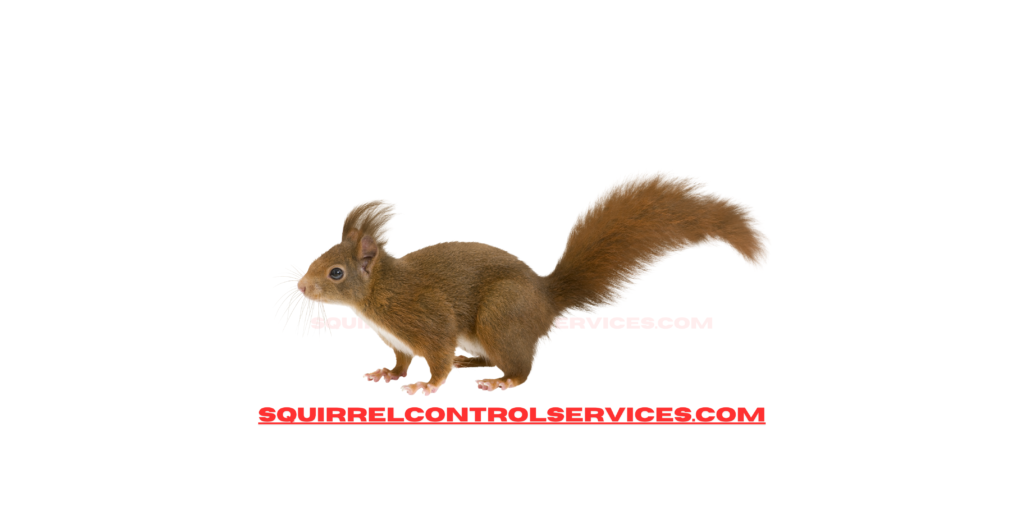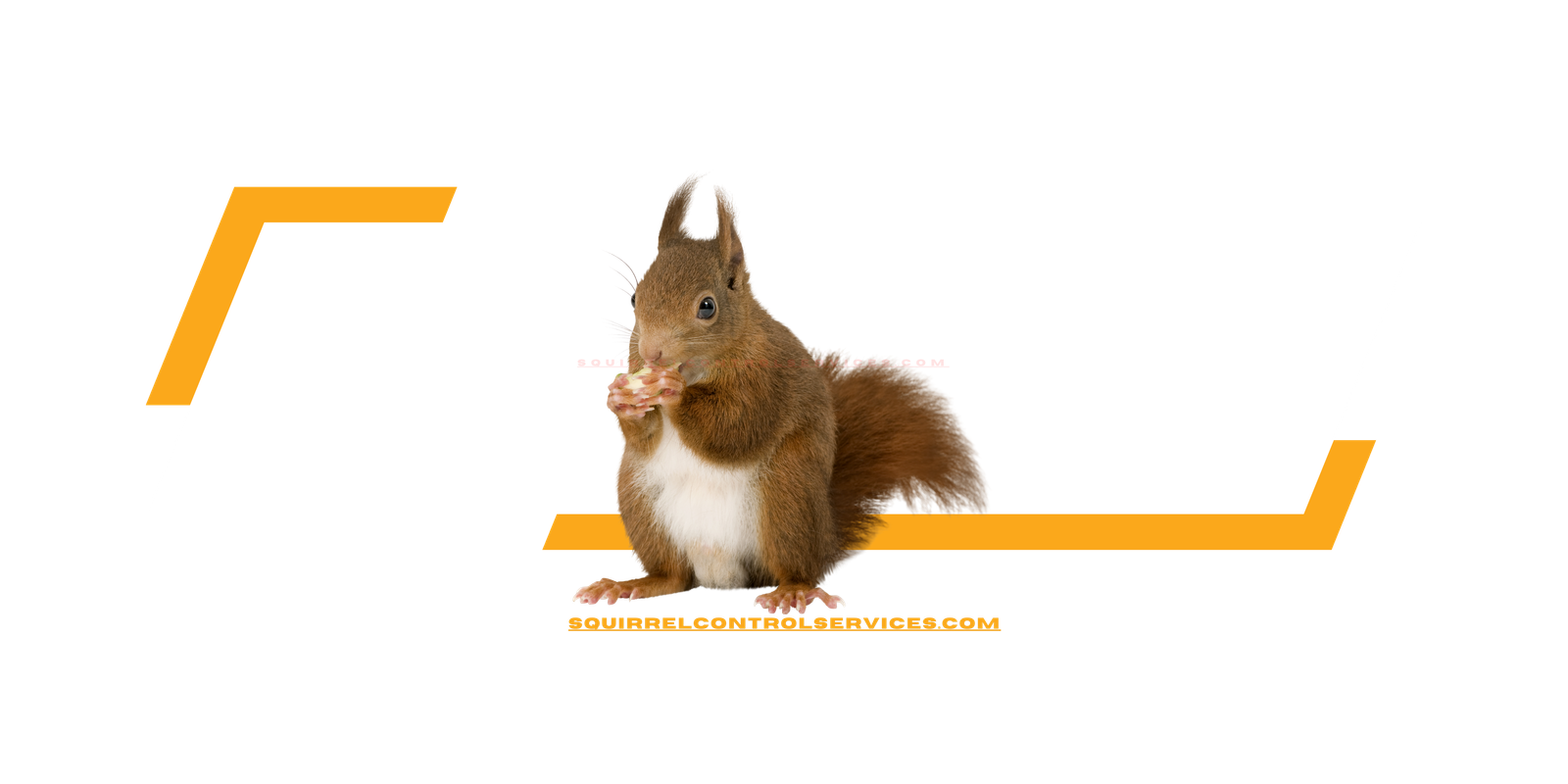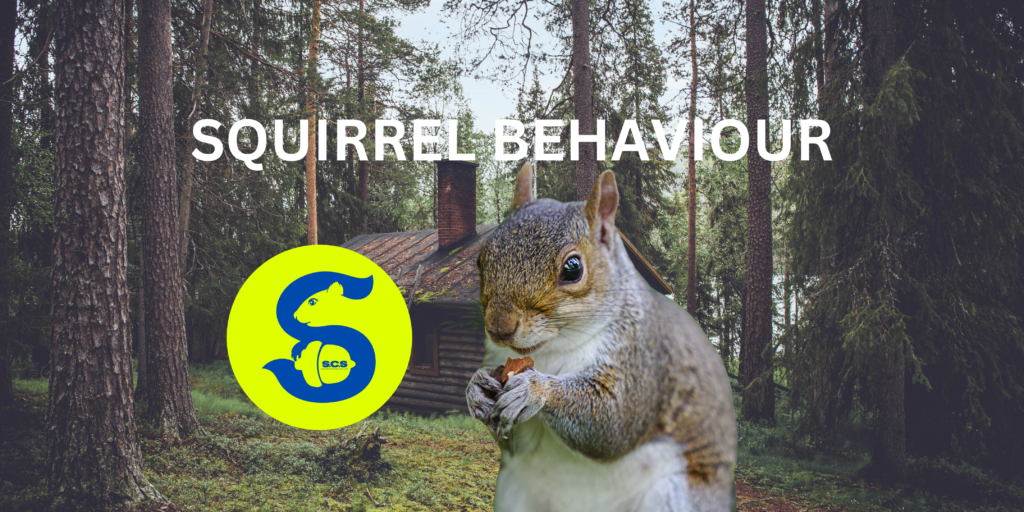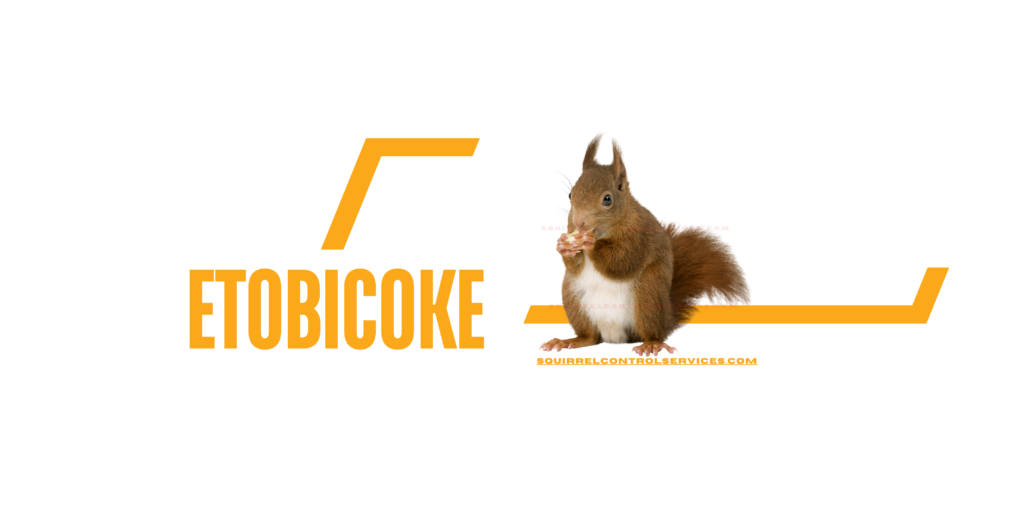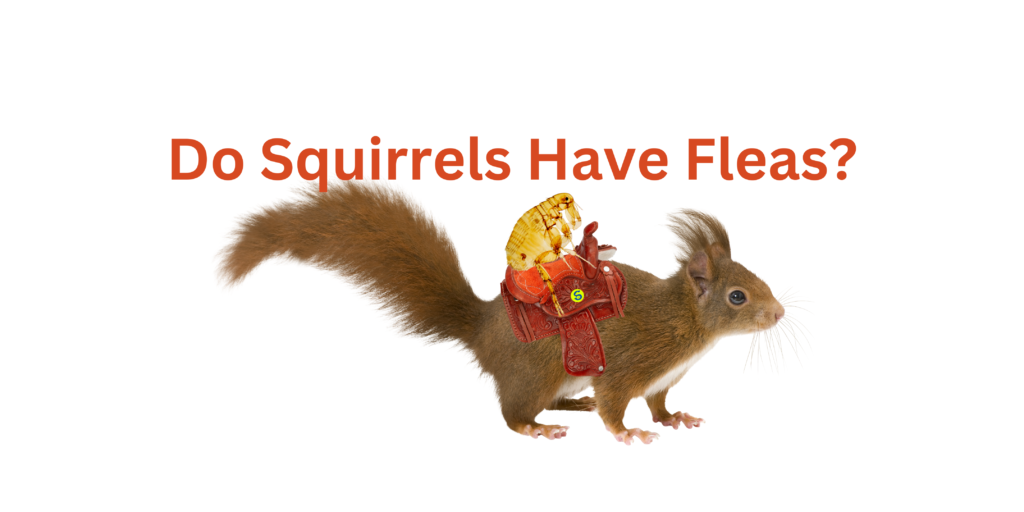When is The Best Time to Seal a Squirrel Hole?
Why Do Homeowners Delay the Removal of Squirrels from Their Attic? 5 Main Reason
- Unawareness of Damage: Homeowners may not realize the extent of damage squirrels can cause to insulation, wiring, and structural components.
- Perceived High CostInconvenience: They often think that evicting squirrels is an expensive, complicated, time-consuming process, leading to procrastination.
- Humane Concerns During Winter: Homeowners might feel guilty about evicting squirrels during the cold winter months, fearing they will not survive without the warmth of the attic.
- Concern for Babies: During squirrel baby season, homeowners may hesitate to evict squirrels, worried about separating mothers from their young or leaving babies vulnerable.
- Ethical Concerns: Some homeowners feel a moral obligation to provide shelter for squirrels during harsh winter conditions, delaying eviction to avoid exposing them to extreme cold.
Understanding Squirrel Behavior and Nesting Patterns
Squirrels are industrious creatures, known for their persistence in creating nests within residential and commercial properties. These nests, often built in attics, soffits, and walls, can cause significant damage to your property if left unaddressed. To effectively manage and prevent these issues, it is crucial to understand the behavior and nesting patterns of squirrels.
Squirrels typically have two primary breeding seasons: late winter (January to March) and late summer (August to October). During these times, squirrels are actively seeking out warm, secure locations to birth and raise their young. These periods are when homeowners are most likely to discover a squirrel problem, as the animals will go to great lengths to create or enlarge entry points into buildings.
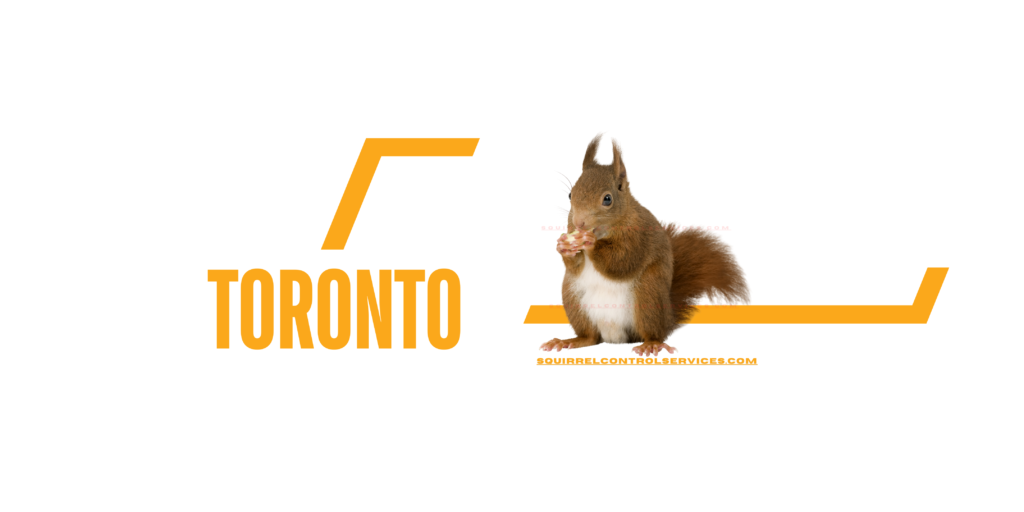
Key Seasons for Squirrel Activity
- Late Winter (January to March): During this period, squirrels are seeking out warm places to nest in preparation for birthing their young. This is the time when you may notice increased squirrel activity, as they are likely to invade attics and walls.
- Late Summer (August to October): Squirrels are once again searching for nesting sites to prepare for the arrival of their second litter. The need for a secure environment makes your property a prime target.
The Ideal Time to Seal Squirrel Holes
Sealing squirrel holes is a delicate process that requires timing and precision to avoid trapping animals inside your home or causing them to create new entry points. The best time to seal these holes is when you can be certain that no squirrels or young are inside, which generally falls outside the primary breeding seasons.
Optimal Times for Sealing
- Early Summer (June to July): By this time, young squirrels from the first litter have matured and left the nest, reducing the likelihood of trapping animals inside. This is an ideal period for inspecting and sealing any potential entry points.
- Late Fall (November to December): After the second litter has matured and vacated, this period is optimal for sealing holes. The cooler weather discourages squirrels from seeking new nesting sites, making it less likely for them to re-enter your property.
Steps for Sealing Squirrel Holes
1. Inspection and Identification
Before sealing any holes, conduct a thorough inspection of your property. Identify all potential entry points, paying special attention to soffits, roof vents, chimneys, and gaps in the siding.
2. Eviction of Existing Squirrels
If you suspect that squirrels are currently nesting, employ humane eviction methods. One-way doors or exclusion devices allow squirrels to leave but prevent re-entry. Monitor these devices to ensure all squirrels have vacated before proceeding with the sealing process.
3. Sealing the Entry Points
Use durable materials such as steel mesh, metal flashing, or heavy-duty caulk to seal the identified entry points. Ensure that the materials are resistant to gnawing and weather elements. Reinforce vulnerable areas like roof edges and soffits to prevent future intrusion.
4. Post-Sealing Monitoring
After sealing, monitor the area for a few days to ensure no new entry attempts are made. Squirrels are persistent and may try to chew through or create new holes if they detect weaknesses in your defenses.
5. Preventative Measures
Trim tree branches that are close to your roof, install squirrel-proof bird feeders, and keep your yard free of easily accessible food sources. These measures will discourage squirrels from targeting your home in the future.
Consequences of Delaying Squirrel Hole Sealing
Failing to seal squirrel holes promptly can lead to a range of problems, including structural damage, fire hazards, and potential health risks.
Structural Damage
Squirrels can cause significant damage to insulation, wiring, and wooden beams as they gnaw and burrow to create nesting sites. Over time, this can lead to costly repairs and decreased energy efficiency in your home.
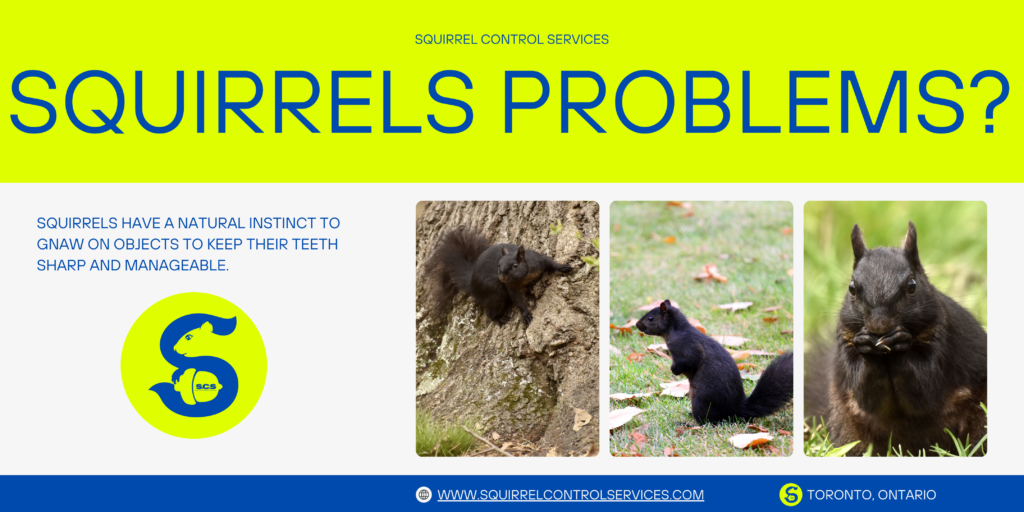
Fire Hazards
Squirrels are notorious for chewing on electrical wiring, which can strip the insulation and create a fire risk. The presence of nests near electrical components further exacerbates this danger, making timely sealing of entry points essential for home safety.
Health Risks
Squirrels can carry parasites such as fleas, ticks, and mites, which may transmit diseases to humans and pets. Additionally, their droppings and urine can contaminate insulation and create unsanitary conditions that require professional remediation.
Conclusion
Sealing squirrel holes is a critical step in protecting your property from the damage and dangers associated with these persistent animals. By carefully timing your sealing efforts outside of peak breeding seasons and following a structured approach, you can ensure that your home remains secure and free from squirrel infestations.
Proactive measures and timely action will not only preserve the integrity of your home but also reduce the likelihood of future invasions. Implement the steps outlined in this guide to safeguard your property effectively.
